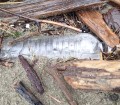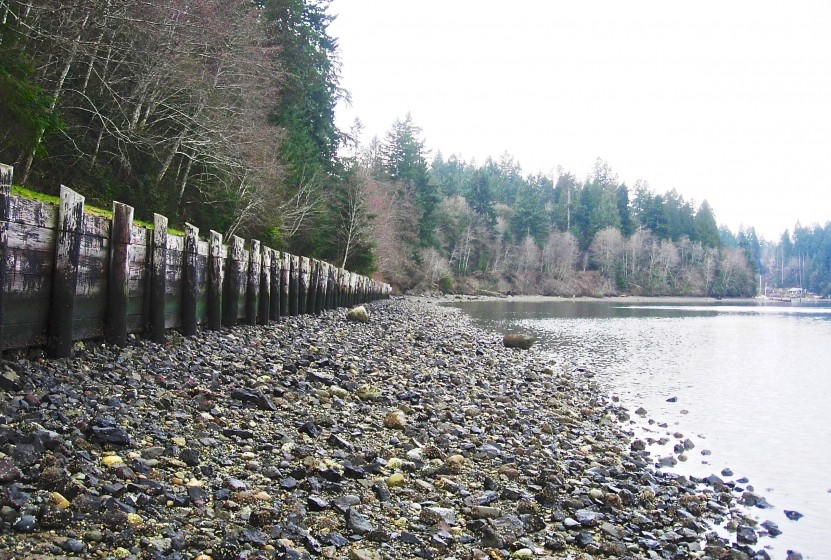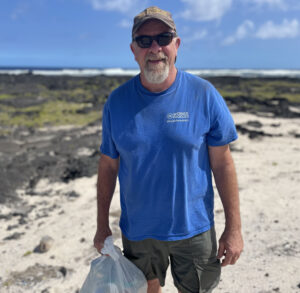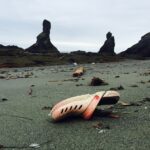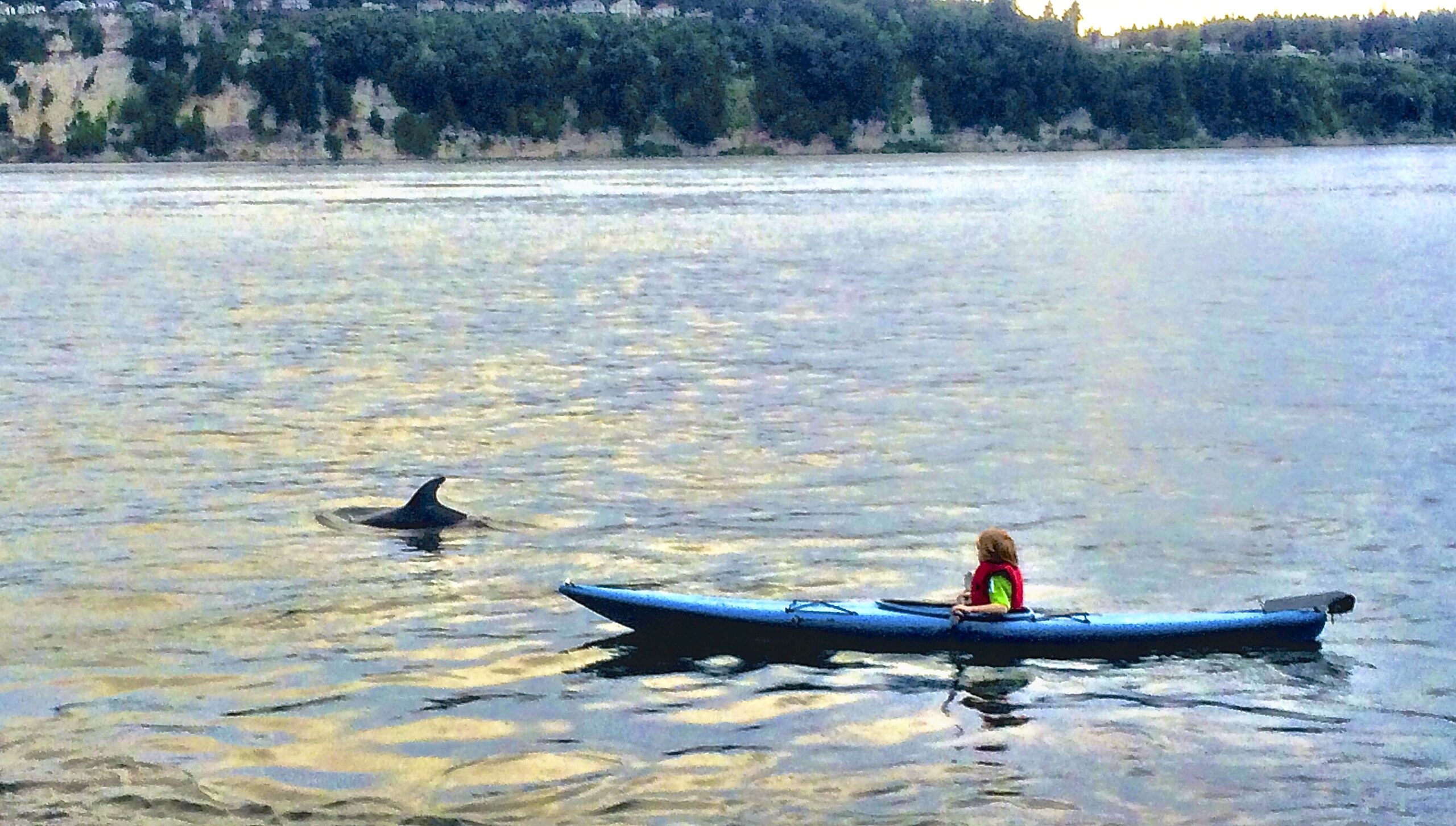Puget Sound has approximately 2,500 miles of sheltered coastline and of that, more than one-third is armored. Property owners, concerned about erosion along their individual sections of the shoreline, construct bulkheads of concrete, stone or logs to heel back the waters, thus holding onto their land for a while longer. They know the implications for the wider Sound – or they ought to – but they do it anyway, for the same reason that jackass down the block blows leaves around the neighborhood instead of raking them up. It’s Garret Hardin’s “Tragedy of the Commons,” in a more aquatic setting.
A report done by the USGS that goes by the catchy name of “Puget Sound Shorelines and the Impacts of Armoring—Proceedings of a State of the Science Workshop, May 2009,” has some things to say about bulkheading and none of them are very positive. In the Pacific Northwest, beaches are made by erosion and deposition, the redistribution of sediments from the land via the waters. Bulkheads shut that process down, stopping the waterward movement of the soil and quickly changing the nature of the beach. Habitat for sea birds and other species is lost, and with the sea level rise that is upon us, these monuments of stone and shrapnel will cause more havoc as the decades go on.
The best summary that I can think of comes from a finding detailed in the report. “Armoring of individual properties is often treated as a benign activity, but the cumulative result of armoring multiple properties may have significant long-term impacts on beaches and drift cells.” If you don’t know what that means, read the report (it’s not very long); if you own property along the shoreline someplace, you have some soul-searching to do.

